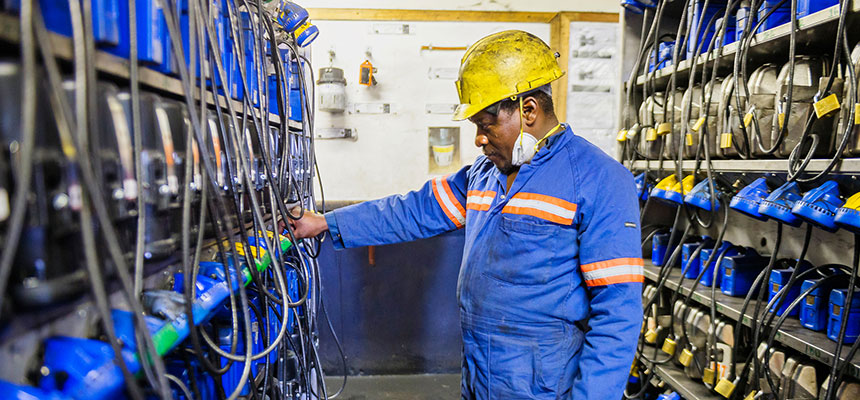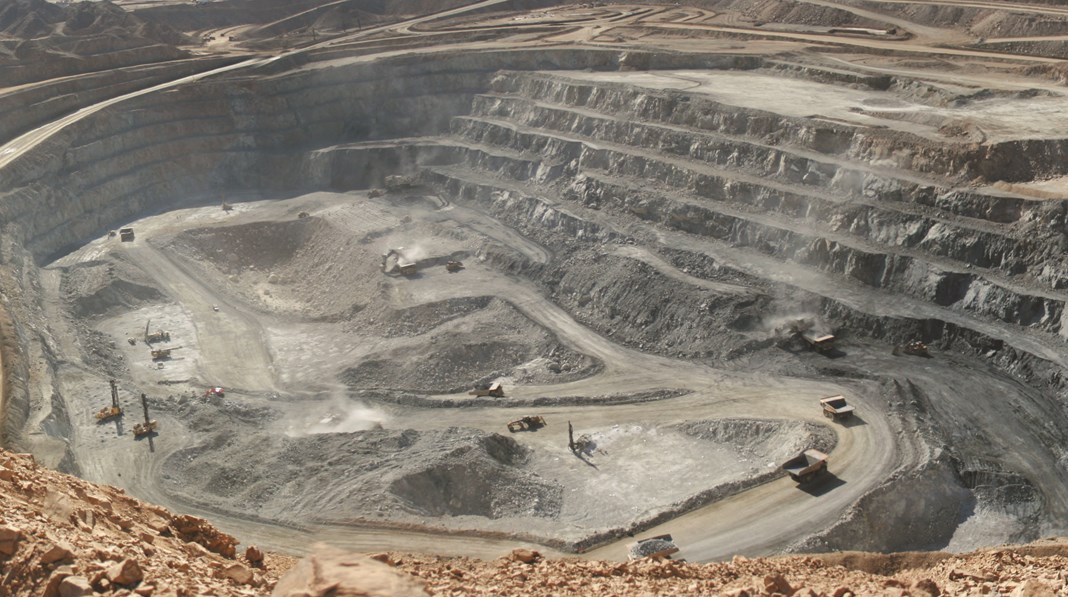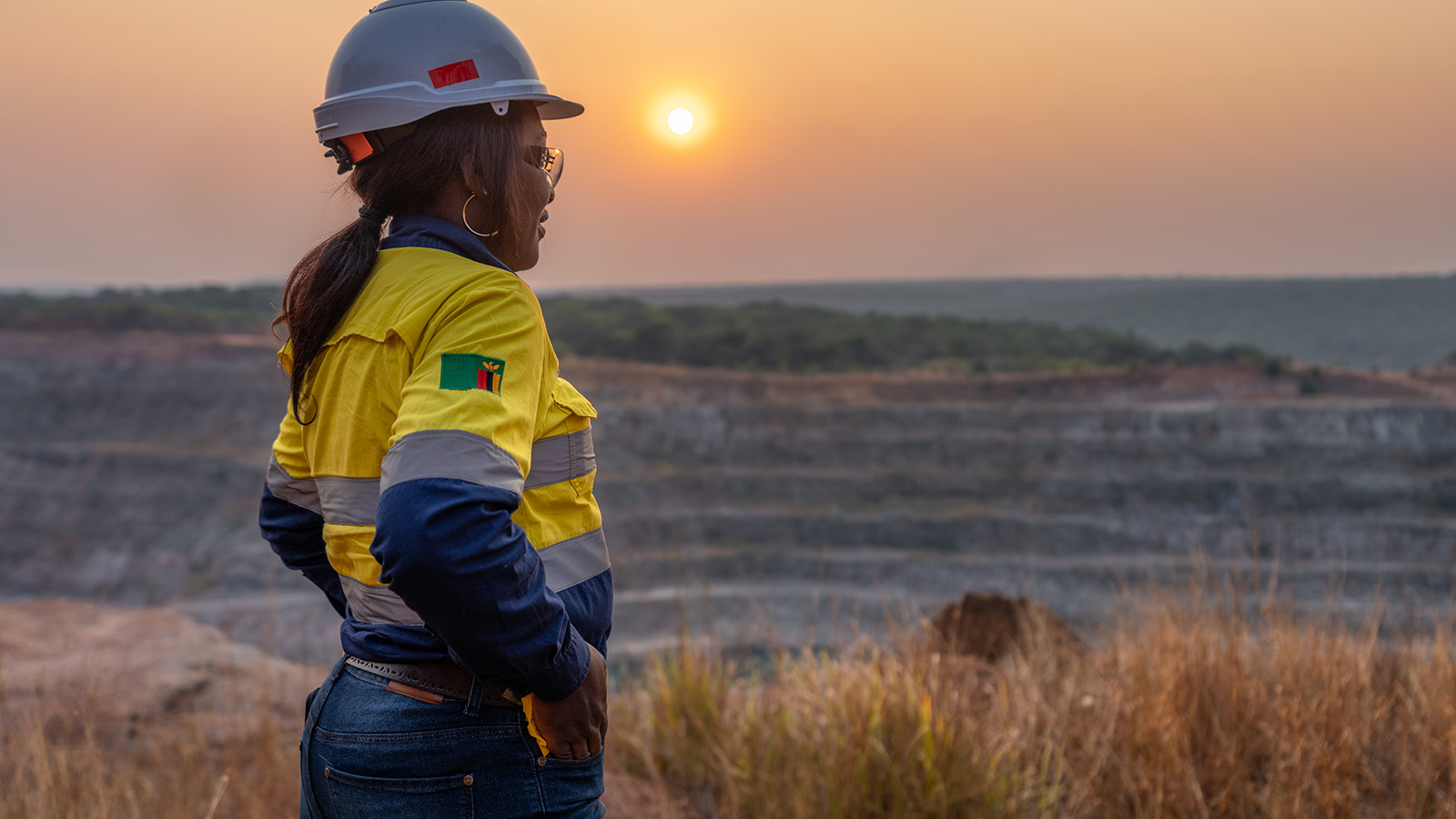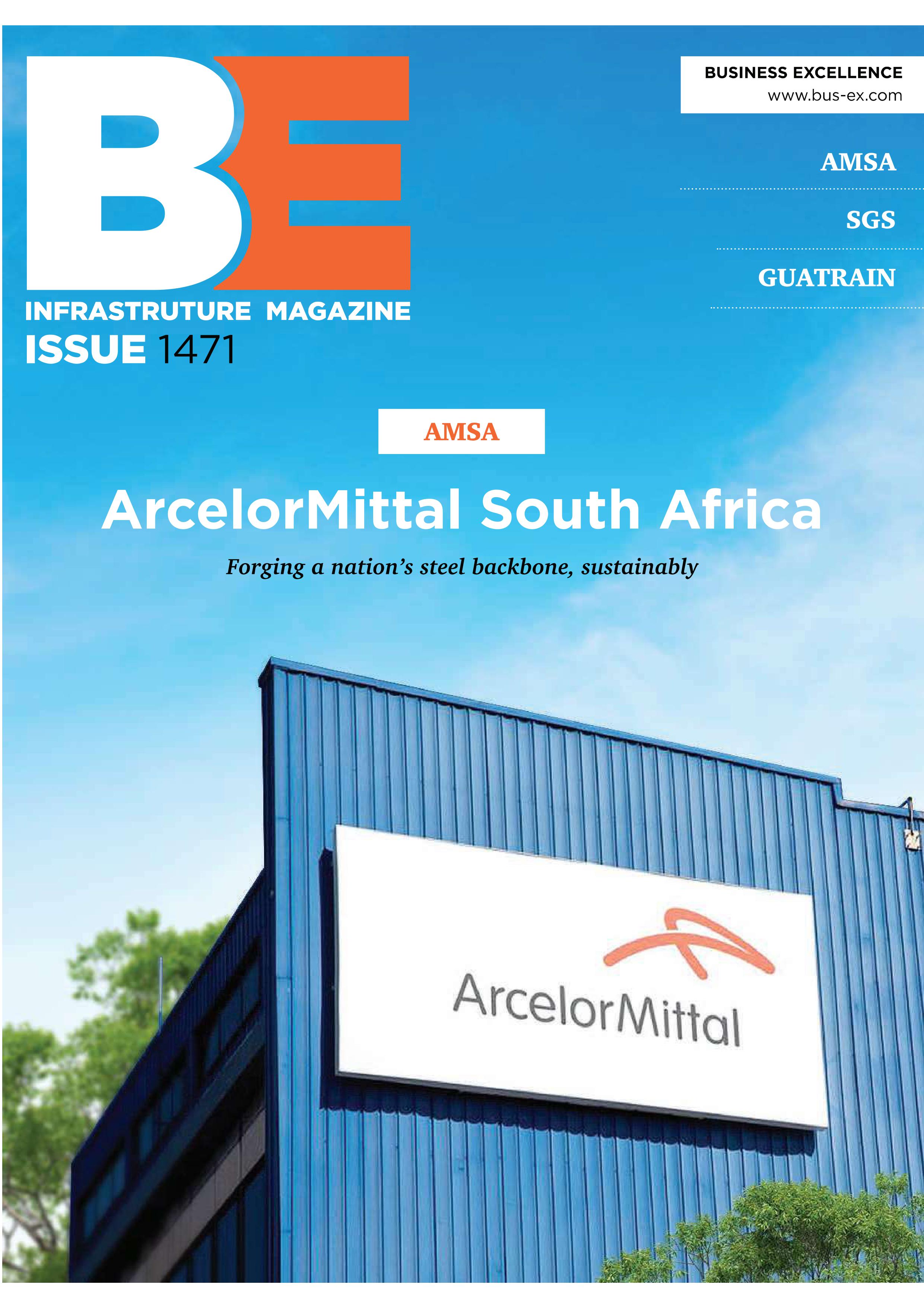
How has financing evolved in the last three to five years?
The major changes have accelerated in the eighteen months since mid-2011 when readily available public equity dried up suddenly resulting in it being no longer possible to rely on quick equity raisings to provide funding for development. This meant that mining companies started exploring other forms of financing such as debt, private equity, royalties and metal streams and off-take financing. CFO’s are now having to consider financing forms that previously were time and effort consuming when compared with equity.
Do you predict growth or decline in the mining sector in 2013?
I do not see large increases in consumption of raw materials. Growth in rapidly industrialising countries such as China, Brazil and Turkey will be offset by moribund demand growth in Europe. However, I think supply of some of the more critical metals such as copper will be affected by production costs that have risen more rapidly than metal prices for a number of producers and some of these production cost increases will only be able to be contained in the long run with difficulty. So, in general, I see prices of raw materials staying at about current levels and some producers dropping out of the market as they become uncompetitive.
I think equity investors will remain deeply sceptical of the mining industry’s ability to generate returns, I think there was a mining stock bubble in the run up to 2012 in which companies were valued at many multiples of even the most wildly optimistic earnings projections. In 2013 and beyond, I expect only the companies with the most plausible production stories to be able to attract funding.
What are the significant challenges facing mining companies seeking financing today?
The biggest challenge is the scepticism in the equity markets. Mining companies have to demonstrate very thoroughly that they will be able to get into production and stay producing competitively in order to be able to generate dividends for investors. Raising project debt is a good way of showing that a third party has done enough due diligence to be satisfied that the company’s projections are plausible.
How are companies reacting to such challenges?
Suddenly, skilled and experienced finance professionals are in demand. Where companies have not been able to add the requisite skills to the payroll, they have come to rely on advisory firms to give assist them with the now difficult job of procuring finance
Do we recommend looking at other forms of financing before debt?
We have seen a number of projects in which it was possible to raise equity only after the debt had been raised. Investors take comfort from the due diligence undertaken by the PF banks. We have seen appetite in the North American market for high yield bonds, raised instead of bank debt but we believe that this does not bring the same stamp of approval as does bank debt. We think that in the current market, bank debt should be the first port of call and, thereafter companies can pursue equity and other, exotic forms of financing.
What is on Nedbank’s agenda going into the second half of 2013?
We are actively pursuing project debt opportunities in our target markets of Australia, Africa, Europe and North America and are seeking to expand our offering beyond vanilla project finance into more exotic finance forms
What does the long term future of mining look like in your opinion?
The secular boom in commodities is set to continue. Added to the well-known story of growing Chinese demand, there are a number of other countries with high GDP growth and a rapidly expanding industrial base. These include Brazil, India and Turkey. The rapid growth in industrialisation in these countries will fuel demand for “infrastructure” commodities such as iron ore, copper and energy commodities. While aluminium metal production has a global excess in capacity, bauxite production has not kept pace and could see upward price pressure. Only metals with a low degree of substitutability, such as platinum, will see prices rising to reflect production cost increases.
On balance the future of mining looks good but not nearly as overly optimistic as eighteen months ago.
Mark Tyler is head of resources at Nedbank Capital, an active participant in the mining and oil and gas debt finance markets, providing its clients with full-spectrum investment banking and integrated solutions.













